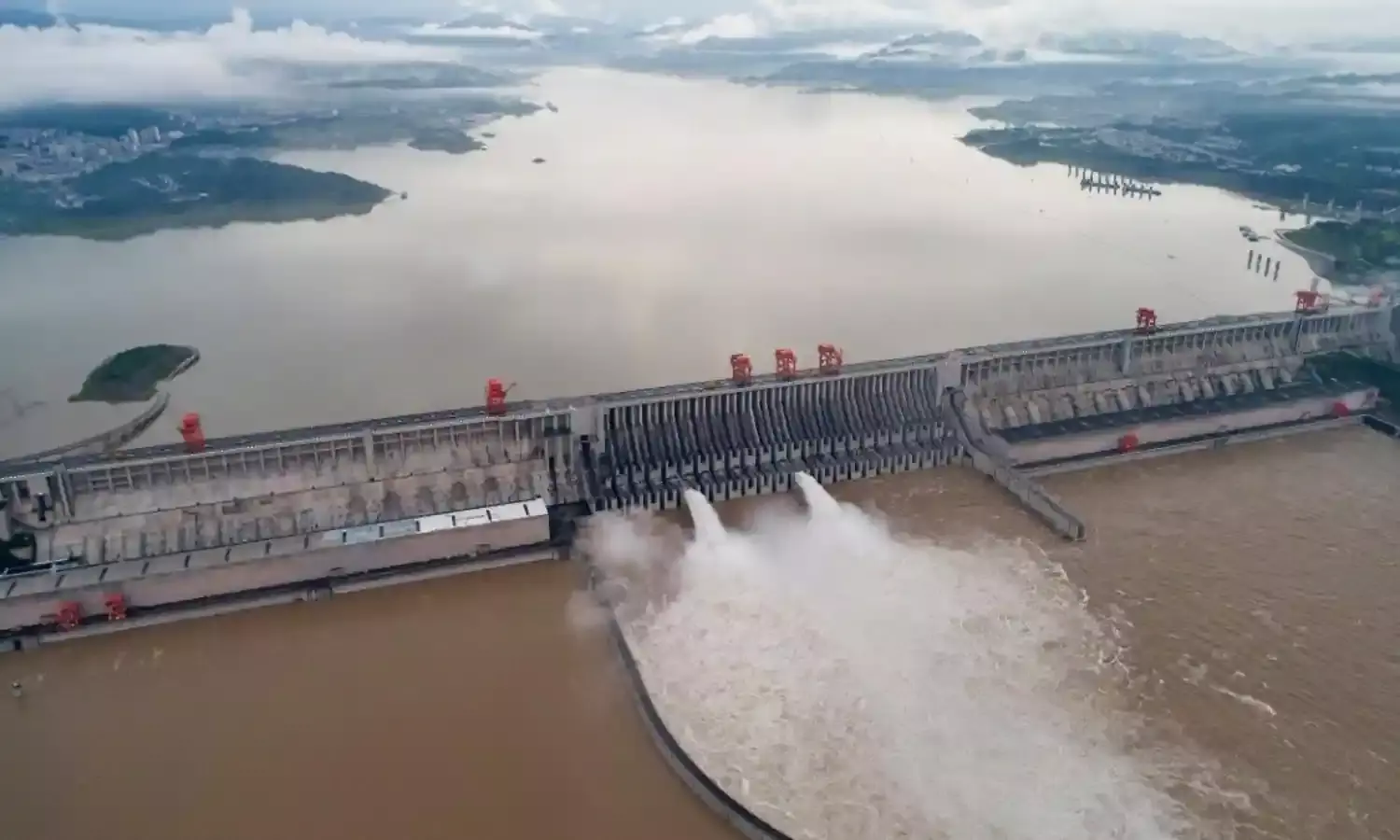
It is generally postulated that the next war will be between countries sharing water resources.
China has laid claim on waters of rivers flowing out of Tibet and has set out to upstream control of seven South Asia’s mightiest rivers. These being Indus, Ganges, Brahmaputra, Irrawaddy, Salween, Yangtze and Mekong.
These rivers flow into Pakistan, India Bangladesh, Myanmar, Loas and Vietnam and forms largest river running off from any single location. Nearly 48 percent of the waters of these rivers run directly into India. China has built more dams than all the dams of the remaining world put together and is not stopping from building more, any time soon.
The news of China building a super dam on Brahmaputra River, called Yarlung Zangbo in Tibet, close to the LAC in Arunachal Pradesh should surprise no one, but ought to have rung alarm bells in Delhi.
This dam will essentially be for generation of hydropower, which will be three times more than China’s ‘Three Gorges Dam,’ which has the largest installed hydropower capacity in the world. Yan Zhiyong, chairman of the Power Construction Corp of China, claims that there is no parallel to this in the history of projects in China.
This Dam, to generate maximum electric power, will be of the storage type, as against run of the river types dams, as laid down in the Indus Water Treaty,( IWT ) which India can build on the three Western rivers, namely Indus, Jhelum and Chenab. Run of the river dams cannot flood downstream countries and that was the reason for Pakistan to insist on this clause being put in the IWT.
However, this this proposed Dam on the Brahmaputra, being of the storage class, has serious security implications for India. Release of waters from this dam can inundate plains of Assam and Bangladesh, as well as cut off Arunachal Pradesh from Assam.
To negate this capacity of the Chinese dam, India must build a dam of equal electric generating capacity down stream of LAC and upstream of Pasighat, in Arunachal Pradesh.
The plans for this dam were worked out decades ago as an earthen dam to be built with the help of the then Soviet Union, with nuclear energy. To this end some tunnels had been dug and preliminary work undertaken. The problem was that the backwaters of this Dam would submerge the better part of Walong, where the then Arunachal Pradesh Chief Minister’s land was. So the plan to build this dam never materialized.
As per the Riparian laws, if a down stream country has hydropower/irrigation projects on a river then upper Riparian country can not build projects on the river which have negate impact on the facilities created on that river by the lower Riparian country. Since India does not have a dam on this river, no valid objection can be raised against China constructing this proposed Dam on Brahmaputra.
The way out of this emerging problem lies in India immediately starting an equally large dam at the place where earlier an earthen dam using nuclear power was to be built. The new proposed dam on this location can be a normal concrete dam. This will, to a great extent, negate China’s efforts at creating any security problems or large scale flooding of India. The same will serve in generating sufficient electricity, not only for the region, but for Assam and Bengal as well.
In fact the backwaters of this dam will perhaps flood, the electricity generating facilities of the Chinese dam, and also help control the waters released by China to flood down stream areas ( Assam and Bangla Desh ) would be controlled, using the storage capacity of the down stream India’s dam.
However, India’s record at dam construction is rather poor. Within the IWT, for seven decades India has not been able to construct the dam on Ravi River at Shahpur Kandi, with the result waters of this river has been flowing into Pakistan all these decades. This has been so because the Dam at Madhopur intended to feed canals emanating from it, has limited storage capacity.
A number of rivers from Nepal flow into India. There is substantial electric generation capacity of these rivers. India’s efforts at building a Dam in Nepal has been rather tardy, resulting in cost and time overruns. With China’s ever increasing influence in Nepal, and it’s capacity and skill at building hydropower dams, there is every possibility of it taking over construction of such dams on these rivers. Were, that to happen, India will have yet another serious security and economic problem. Controlling flow of water from these rivers will impact agriculture in Uttar Pradesh, Madhya Pradesh and Bihar besides placing these states at the risk of being inundated.
This is an issue, which calls for immediate action on the part of India.
Lt General Harwant Singh is retired from the Indian Army.

